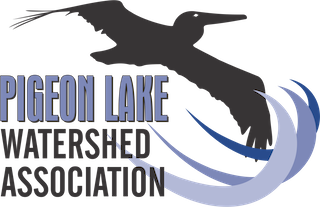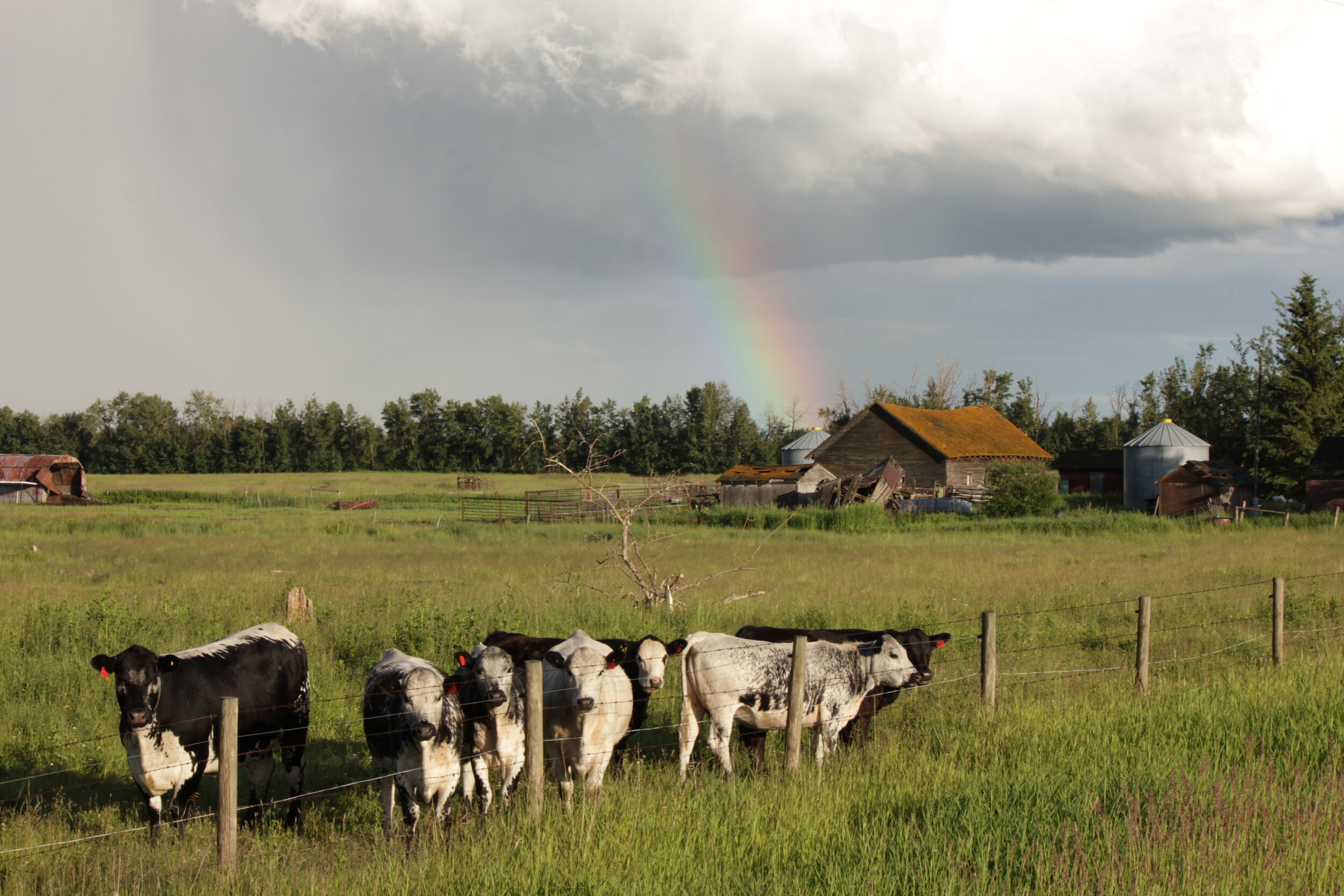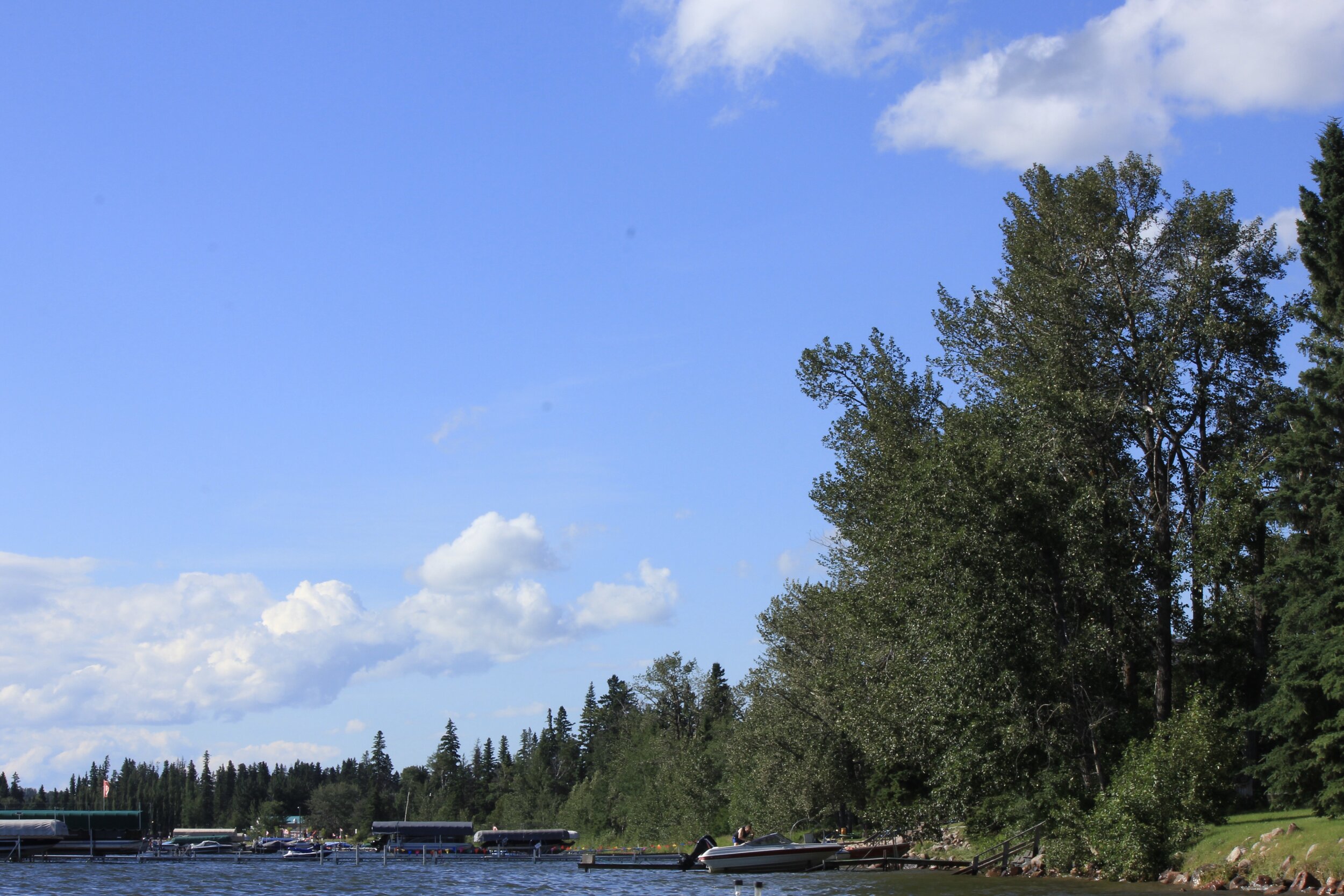
Pigeon Lake Watershed Management Plan
Working Together for a Healthy Watershed, Healthy Lake and Healthy Community
The Pigeon Lake Watershed Management Plan (Plan) is a comprehensive, science-based strategy to coordinate action for the protection and improvement of Pigeon Lake, its shore lands and its watershed.
The Plan was adopted in 2018 by all municipalities in the watershed and endorsed by the Chiefs of the Maskwacis Cree Four Nations, Pigeon Lake Regional Chamber of Commerce and other key stakeholders.
The Goal:
Reduce the frequency and intensity of algal blooms
Improve the health of the watershed and lake
Improve the recreational value of the lake and economic health of the region
Social Considerations
The Plan takes into account the priorities and concerns of all the communities around Pigeon Lake:
10 Summer Villages | Wetaskiwin Counties | County of Leduc | Maskwacis Four Nations | Provincial Parks | Residents | Business Community | Producers | Villages | Visitors
Technical Report - Summary of the Science
An important driver of this plan is algal blooms that have become noticeably more severe and frequent, especially since 2002. Algae are naturally present and are a foundation for the lake’s food web and fishery. However, when algae are excessive they form blooms. Blooms and related health advisories can cause significant economic and social impacts. A professional limnologist summarized the research conducted at Pigeon Lake as a background to the development of the plan. Key factors affecting the overall strategy of the plan are presented in the Plan along with implications
Implementing the Plan
There are four key areas of implementation. The lake, watershed land, shoreline and improving our collaboration and organizational capacity by working together. These key areas are structured based on eight objectives (i.e. where we want to go) with 49 recommendations and actions (i.e. how we will get there) based on three categories: Policy: statutory plans, bylaws, agreements, Technical: science and monitoring, and Community Action: advocacy, education and voluntary action. Responsible parties, time frame and measures of success are identified for each recommendation and action.







